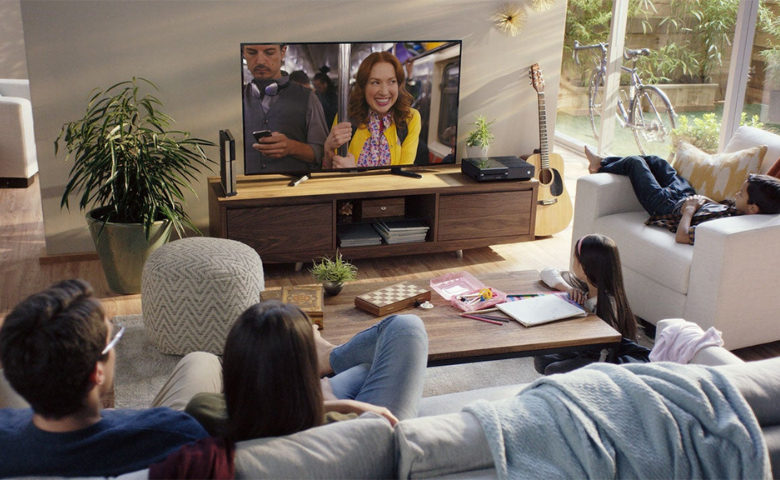- TV
How to Get Premium Channels with Your Cable TV Bundle?
Access to exclusive entertainment content is a priority for many viewers seeking a richer television experience. Premium chan...
Explore More
In the ever-evolving landscape of entertainment, one of the most significant debates in recent years has been the battle between traditional cable television and streaming services. As technology advances and consumer preferences shift, the age-old question remains: Which is cheaper? Let's delve into the comparison between cable and streaming services to help you make an informed decision.
Cable television has been a fixture in households for many years. It offers a wide array of channels, from news and sports to movies and lifestyle programs. However, this convenience comes at a price. Cable TV subscriptions often involve hefty monthly bills, additional fees for premium channels, and contracts that lock you in for extended periods.
Channel selection: Cable TV provides an extensive array of channels, encompassing live sports events and news broadcasts, which might not be accessible through streaming services.
Reliable service: Unlike streaming, cable TV operates independently of your internet connection, ensuring uninterrupted viewing of your favorite shows and movies without buffering or compromising video quality.
DVR: With cable, you have the option to record and watch your favorite shows and movies at a later time.
Bundling opportunities: You may save on your cable TV and internet plan by bundling the services.
Cost: Cable TV typically comes with higher initial costs and often includes additional fees.
Restricted flexibility: Cable confines you to view shows and movies according to the provider's timetable.
Added fees: Cable TV providers often impose significant charges for equipment and broadcasting services, contributing to additional costs on your monthly bill.
The landscape of content consumption has been transformed by streaming services. Platforms such as Netflix, Hulu, Disney+, and Amazon Prime Video have reshaped our entertainment experience, providing access to an extensive collection of movies, TV shows, documentaries, and exclusive content. These services offer unparalleled flexibility, enabling users to enjoy their favorite content across a multitude of devices, including smartphones, tablets, and smart TVs.
Cost: Opting for streaming services is frequently more economical than subscribing to cable TV. With streaming, you have the flexibility to select from a diverse range of services and pay only for those you desire, eliminating additional broadcasting or equipment charges. This approach translates into substantial long-term savings.
Flexibility: With streaming, you can watch your favorite shows and movies whenever you want on multiple devices.
No contracts: The majority of streaming services operate without binding contracts, allowing you the freedom to cancel your subscription at any time without incurring any penalties.
Live TV and DVR options: With certain streaming platforms, you have the option to access live TV, enabling you to enjoy the same channels offered by cable at a more affordable rate, complete with DVR capabilities.
Internet connection: A stable internet connection is essential for seamless streaming, particularly when multiple devices are in use by different users within your household.
Limitations on content access: Various streaming platforms provide distinct content libraries, meaning certain shows and movies might not be accessible based on the service you choose. To access specific content, you might find it necessary to subscribe to multiple platforms, leading to increased overall costs.
When it comes to comparing costs, streaming services often come out on top. Most streaming platforms offer tiered subscription plans catering to different budgets. Basic plans are highly affordable, providing access to a vast selection of content. Even premium plans, which include features like 4K streaming and multiple screens, are often cheaper than traditional cable subscriptions.
Additionally, streaming services frequently offer free trial periods, enabling users to explore the platform before committing to a subscription. This flexibility allows consumers to assess the service's content, quality, and user experience before making a financial commitment.
Taking into account the multitude of extra charges associated with cable, along with its higher initial costs, streaming emerges as the more cost-effective choice, even when factoring in the expenses for an internet plan or Live TV subscription. Live TV services with streaming give you the option to watch the channels you’d get with cable but at a base price with no added local broadcast fees.
Latest insights, tips, and updates from our experts.
Admin
Cable vs. Streaming: A Cost Comparison